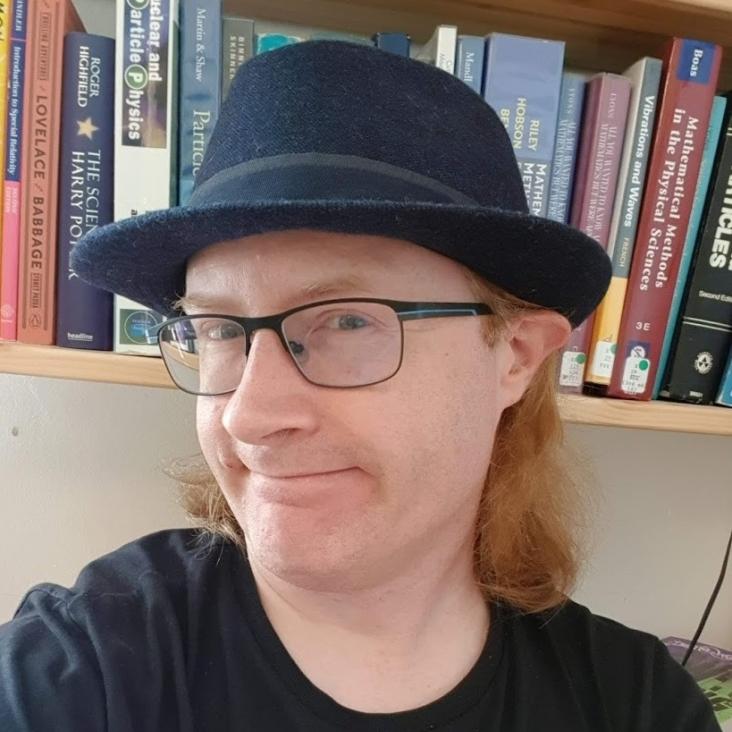Eureca - The future of cryogenic dark matter detection in Europe
EAS Publications Series 36 (2009) 249-255
Abstract:
EURECA (European Underground Rare Event Calorimeter Array) is an astro-particle physics facility aiming to directly detect galactic dark matter. The Laboratoire Souterrain de Modane has been selected as host laboratory. The EURECA collaboration unites CRESST, EDELWEISS and the Spanish-French experiment ROSEBUD, thus concentrating and focussing effort on cryogenic detector research in Europe into a single facility. EURECA will use a target mass of up to one ton, enough to explore WIMP - nucleon scalar scattering cross sections in the region of 10-9 - 10-10 picobarn. A major advantage of EURECA is the planned use of more than just one target material (multi target experiment for WIMP identification). © EAS, EDP Sciences 2009.Searching for dark matter with CRESST
Proceedings of the 5th Patras Workshop on Axions, WIMPs and WISPs, PATRAS 2009 (2009) 11-15
Abstract:
The CRESST II experiment is a dark matter search using cryogenic phonon-scintillation detectors, aiming to detect WIMP dark matter particle interactions. The detector consists of individual, modular and scintillating (CaWO4or ZnWO4) target crystals, each equipped with a phonon sensor for precise determination of the energy deposited in the crystals. Each module is further equipped with a separate cryogenic scintillation light detector, allowing event-by-event background discrimination. An extended commissioning run during 2007 has set an upper limit on theWIMP-nucleon scattering cross section. Attention is currently focussed on the interpretation of a few remaining nuclear recoils candidate events.CRESST
EAS Publications Series EDP Sciences 36 (2009) 231-236
Oxide scintillators to search for dark matter and double beta decay
2008 IEEE NUCLEAR SCIENCE SYMPOSIUM AND MEDICAL IMAGING CONFERENCE (2008 NSS/MIC), VOLS 1-9 (2009) 2541-+
EURECA - The future of cryogenic dark matter detection in Europe
Proceedings of Science (2008)


